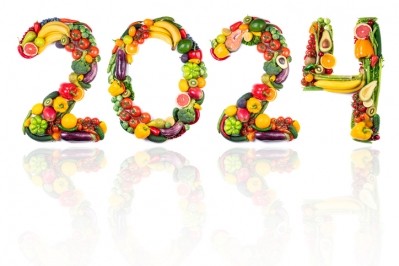Grocery stores lose sales share to value-focused retailers as consumers continue to seek deals

In December, inflation for food consumed at home ticked up only 0.1% month-over-month – the same as in November and notably less than the 0.3% increase in October, according to the most recent Consumer Price Index. But still, inflation for food consumed at home was up 1.3% over the course of the year.
While this is a far cry from recent year-over-year increases in inflation, including an 11.2% jump in September of 2022 over the prior year, it was compounded by months of price hikes not just in food but other categories as well.
In response, 55% of shoppers told Circana in a year-end survey that they were looking for sales and deals more often. In addition to cutting back on non-essentials, exploring store brands, and clipping coupons, many consumers changed where they shopped to save money.
Citing Circana survey data, Anne-Marie Roerink, president of 210 Analytics, noted in a analysis released yesterday that “nearly three in 10 shoppers include more value-focused retailers in their store rotation, 18% shop more grocery stores to get the best deals and another 18% have switched stores altogether.”
As a result, traditional grocery’s dollar sales share fell in many categories, while specialty stores and club saw their shares increase.
For example, traditional grocery’s share of deli sales dropped to 31.2% in 2023 from 33.4% in 2019, according to Circana. Likewise, in bakery traditional grocery dollar sales share fell from 41.1% in 2019 to 38.7% in 2023, produce dollar sales share fell from 42.6% to 40.6%. In the same period, traditional grocery dollar sales share fell in the meat department from 42.8% to 39.8%.
The difference primarily shifted to mass/supercenters and club, according to analysis by 210 Analytics.
Meat department dollar sales share in mass/supercenters climbed to 23.3% in 2023 from 21.1% in 2019 and in club increased to 12.4% from 10.8%. In the same period, mass/supermarkets scooped up 19.8% of produce dollar sales share and 21.2% of bakery dollar sales share – up from 18.1% and 20.5%, respectively.
Consumer optimism improves even as they continue to seek deals
This shift happened even as consumers appear more optimistic about grocery prices and their financial situation.
In December, 58% of consumers said they perceived grocery prices to be “much higher,” down 4 points from November and 16 points from a year ago, according to 210 Analytics and Circana data.
In addition, 19% of consumers reported that their financial situation in December had improved from a year ago, which in itself was an improvement from 13% who said the same in December 2022, according to the analysis.
“Shoppers’ financial outlook has also shown some improvement since 2022,” notes Roerink. “While the number expecting their financial situation to be better a year from now has been steady, there are fewer who expect it to be worse, at 24% versus 31% in December 2022.”


















